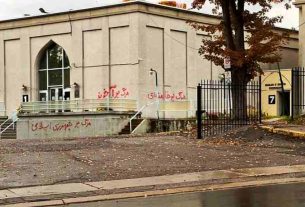Fri 17 July 2020:
On Thursday (July 16) night, India’s total tally of COVID-19 cases hit the one million mark. But since 0.63 million of those are cured, the total active cases is 343,000.
The coronavirus infections topped one million in just three days after crossing 900,000.
India, home to some of the planet’s most densely populated cities, is the third nation to hit a million cases after the United States and Brazil, although the numbers of deaths in those two countries are far higher.
But the spike in infections in recent weeks has forced local authorities across the country to reimpose restrictions that had only recently been lifted, with the eastern state of Bihar going into two-week lockdown.
‘Spreading at an alarming rate’
The lockdown in the eastern state started as India reported 34,956 infections and 687 deaths in the last 24 hours – both by far the highest single-day rise – as the Red Cross warned the virus was spreading at “an alarming rate” across South Asia.
“While the world’s attention has been focused on the unfolding crisis in the United States and South America, a concurrent human tragedy is fast emerging in South Asia,” said the organisation, adding that India, Pakistan and Bangladesh are together fast becoming the next epicentre of the virus.
“COVID-19 is spreading at an alarming rate in South Asia, home to a quarter of humanity,” it said on Thursday.
Until now India’s main hotspots have been the megacities of Mumbai and New Delhi, but recently smaller cities and rural areas – where 70 percent of Indians live – have begun to raise the alarm.
Goa on Thursday evening became the latest state to go under lockdown, imposing a three-day shutdown and a night-time curfew until August 10.
Hospitals reeling under workload
But the situation on the ground in Bihar underscored the challenges in keeping the pandemic in check.
The streets of state capital Patna were still teeming with traffic and people after the lockdown began, many ignoring social distancing advice and not wearing masks.
Front-line staff, especially in rundown state-run hospitals, are working punishingly long shifts with often shoddy protective equipment.
Many experts say India is not testing enough people or properly recording deaths, meaning the true caseload is likely much higher.
The tally is “almost certainly underestimated”, Gautam Menon, a professor of physics and biology at India’s Ashoka University, told AFP.
“We feel it might be underestimated by a factor of maybe something like 20 to 30 … And maybe that number could be even larger. We have no idea at the moment.”
Think your friends would be interested? Share this story!





